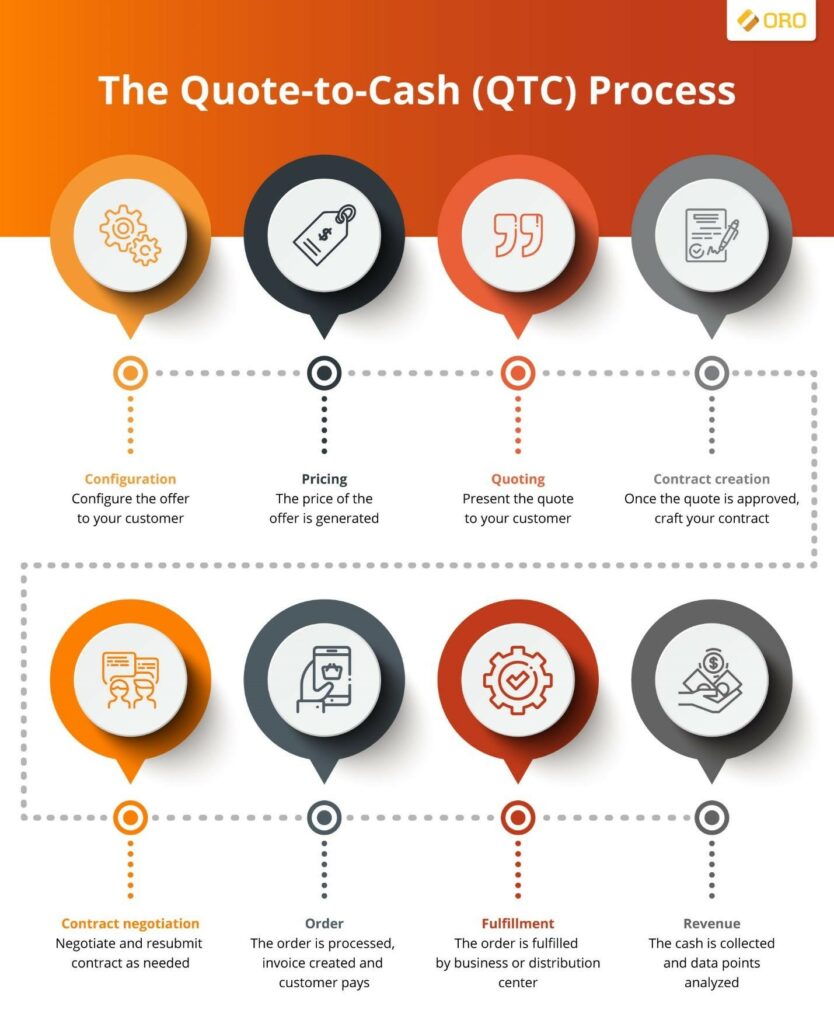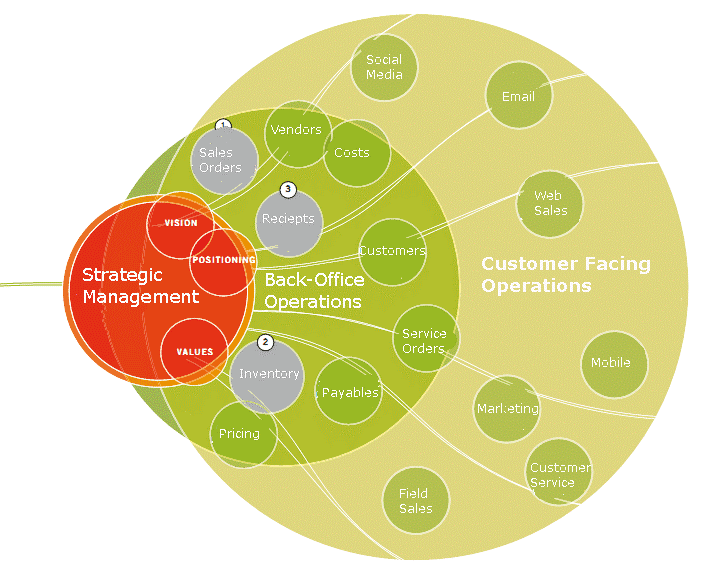The online automotive parts and accessories market size in the US in 2020 is estimated to be $5.8 billion. Annual growth for 2020 is just over 5%.
With such tremendous growth, if automotive parts and accessories companies aren’t selling online, they aren’t relevant.
The choice of your eCommerce platform is crucial for the success of eCommerce automotive parts sales. Make sure the platform you select delivers the customer experience your buyers want and positions you for future growth.
Here are 5 things to avoid.
Repurposed B2C Platforms
The dirty little secret in the eCommerce platform space is that most of the B2B solutions you find are simply repurposed B2C solutions. They aren’t geared for the complexity of the B2B automotive supply.
After all, when’s the last time a retail customer wanted to negotiate the price for a part or a pallet of that part?
Don’t make the mistake of selecting a repurposed B2C platform. Look for one that handles an infinite number of price lists and custom catalogs. Make sure you can digitize the Request for Quote and Quote for Cash workflows. Bonus points for a platform with a robust pricing engine that can automatically price quotes without input from the Sales department. Imagine how much more efficient you would operate with a workflow that looked like this:
A repurposed B2C platform just isn’t up to the challenge.
If you negotiate list price and discounts on a customer or even sector basis, make sure your eCommerce automotive solution doesn’t put limits on the number of catalogs or price lists you can create. The average automotive supplier must handle hundreds and even thousands of SKUs. Finding out once you go live that your database can’t handle that volume is find out too late. Ask upfront about the volume the platform can process.
Platforms without Supply Chain Visibility
Today’s buyer is more concerned with the buying experience than the price. Studies by the Timkin Group show that 86% of buyers are actually willing to pay more for a better customer experience. And in 2020, customer experience surpassed price as a key differentiator.
If customers are watching and evaluating their experience, you’ve got to pay very close attention to what they want. Then deliver.
One key concern with automotive parts and accessories buyers is product availability. So, make sure your eCommerce platform provides complete visibility into your supply chain. According to Accenture, 61% of all B2B transactions start online and if buyers can’t tell if you have what they need in stock, they will likely move on.
Buyers should know the stock status at a glance. If a product is not in stock, make sure your solution provides a way to notify potential buyers when the stock status changes. Whether this is through integration with push notifications or an email campaign, make sure your eCommerce solution keeps in touch with these potential buyers.
In addition, buyers want estimates of shipping and delivery time. Pick a solution that integrates with your existing tech architecture to determine which warehouse will ship the product and an estimated time in transit based on delivery ZIP code.
Failure to cover these basics of user experience will drive your customers straight into the arms of the competitor with a better eCommerce journey.
No User Permissions
One of the driving reasons for the popularity of AmazonBusiness is the ability for users to set permissions for their own accounts.
This isn’t critical in B2C eCommerce, but if you operate in the B2B or B2B2C space your users need to set permissions that correlate to their own internal buying structure.
Don’t settle for an eCommerce platform with a rigid workflow structure. Look for a flexible workflow engine that enables you to let users set permissions on how and when they need it. And let the buyer handle the permissions without your intervention.
Your buyers may use teams or workgroups by sector, so while one team is buying mechanical parts another team is buying shop supplies. Don’t force both teams to scroll through a catalog packed with items they don’t purchase.
Employees come and go, it’s just a fact of doing business. So, don’t make customers reach out to you to add and delete employees from an account. Empower your customers to handle their own corporate account structure, define their own users, and set permission levels that mirror their own internal hierarchical structure.
Poor CMS
One size never fits all in the automotive parts and accessories industry, and the maxim is just as true in the eCommerce space.
As part of that rich customer experience, buyers are looking for multi-media, downloadable spec sheets, and manuals, warranty guides, and install instructions as well as MSDSs, how-to videos and website chat. Make sure the eCommerce platform you select has a content management system (CMS) that provides the flexibility to provide content when and how your users want.
In addition, make sure the CMS renders on any mobile device using any browser. Today’s customers are no longer tethered to the office desktop for product research and purchasing activities. They are just as likely to find your company while riding the train and browsing their phone during the commute or scrolling through search engine results on their tablet.
Your CMS is supposed to be an asset, not a liability. Make sure the eCommerce platform you select has an onboard CMS that enables your design and marketing ambitions and doesn’t inhibit them.
Just as important is a CMS interface that’s easy to use. Look for WYSISYG interfaces, drag and drop features, and a plethora of themes and templates. The backend should enable staff to create the customer experiences they envision. It shouldn’t leave them cursing the day you selected the platform. And remember that the backend needs to be mobile-friendly too. Your employees won’t always be making updates from their desktop either.
Stand-Alone Solutions that Don’t Scale
One of the biggest mistakes you can make is to settle for a solution that limps along today and cripples your dreams of expansion.
Your eCommerce platform should be a tool to grow the company, not a barrier to your growth. So look for solutions that scale effortlessly.
In addition, make sure that your eCommerce platform doesn’t contribute to the growth of data silos in the company.
From strategic management decisions to back-office and customer-facing operations, you need accurate data. And to inform the best decisions, data needs to flow throughout your systems. From the website backend to the ERP, WMS, 3PL, and back again, each component must integrate. And your eCommerce solution should integrate your CRM and PIM as well.
The automotive eCommerce platform you pick matters, select carefully to ensure your solution doesn’t create problems, it solves them.







